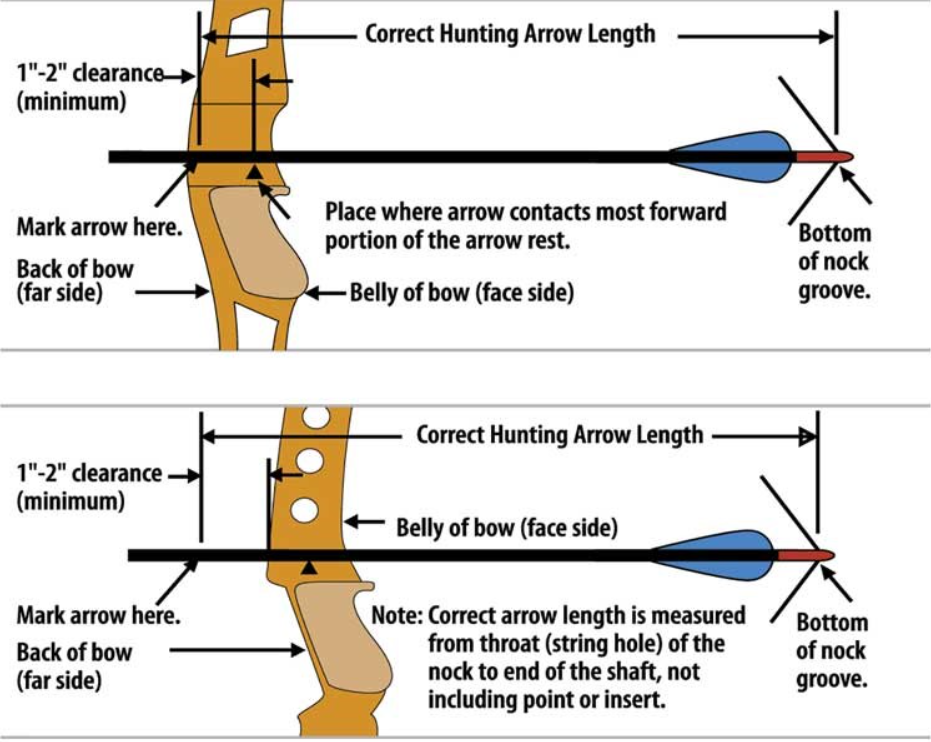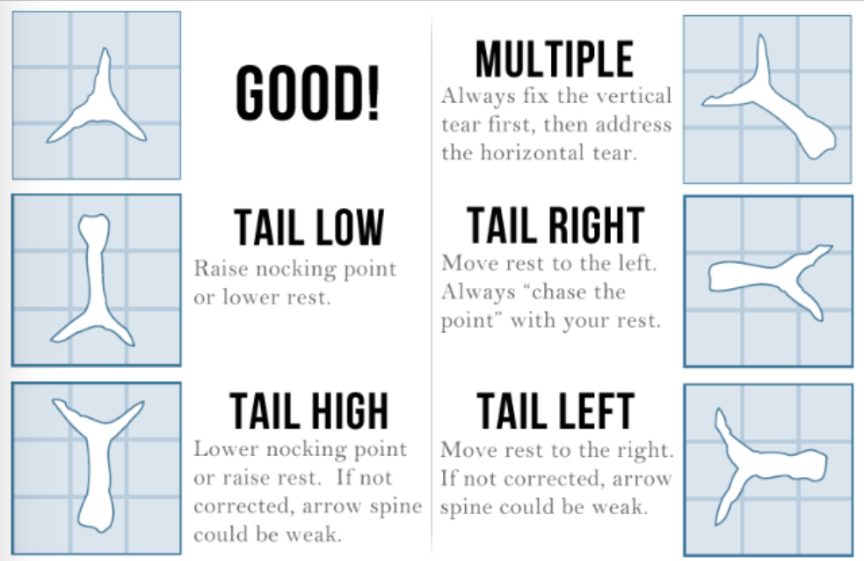How to Choose the Right Arrows for Your Bow
20th Jun 2024
Choosing the right arrows for your bow is essential for optimizing your performance and ensuring a successful hunting or archery experience. The wrong arrows can affect your accuracy, speed, and even your safety. Here’s a comprehensive guide to help you select the best arrows tailored to your needs.
1. Understand Arrow Spine
Arrow spine refers to the stiffness of the arrow. It’s a critical factor because it affects how the arrow flexes when shot. The spine can be found by using the draw weight of your bow, the desired length of your arrow, and sometimes your desired point weight. Arrows that are too stiff or too weak will not shoot accurately.
Example:

2. Consider Arrow Length
The length of the arrow should correspond to your draw length. Arrows that are too short can be dangerous, while arrows that are too long can affect your accuracy and speed. To find the right arrow length, measure your draw length and add 1-2 inches for safety and optimal performance.

Recommended Product: Easton Draw Length Indicator
3. Choose the Right Arrow Material
Arrows are made from different materials, each with its benefits:
Carbon Arrows: Lightweight and durable, offering excellent speed and accuracy.
Aluminum Arrows: Heavier, providing better penetration and durability.
Modern Wooden Arrow (carbon look-a-like option): Traditional choice, ideal for traditional bows and historical reenactments.
Recommended Products
Carbon: Victory Vap Tko Elite Arrows
Aluminum: Easton Camo Hunter Xx75 Arrows
Modern Wooden Arrow: Black Eagle Instinct Traditional Arrows
4. Evaluate Arrow Weight
The weight of the arrow affects its speed and penetration. Heavier arrows have better penetration but are slower, while lighter arrows are faster but have less penetration. Consider the type of game you’re hunting or your target practice needs to choose the appropriate weight.
Recommended Kinetic Energy:
- Small Game: < 25 ft lbs.
- Medium Game (Whitetail Deer, Antelope, etc): 25-41 ft lbs.
- Large Game (Elk, Black Bear, Wild Boar, etc): 42-64 ft lbs.
- Toughest Game (Cape Buffalo, Grizzly, Musk Ox, etc): > 65 ft lbs.

Recommended Products: October Mountain Accu-arrow Digital Archery Scale & Competition Electronics Prochrono
5. Fletching Types and Configurations
Fletching stabilizes the arrow in flight. The type and configuration of fletching can impact your arrow’s performance:
Vanes: Made from plastic, durable, and resistant to weather conditions.
Feathers: Traditional choice, lighter, and quieter, but less durable than vanes.
The configuration (helical, straight, or offset) affects the arrow's spin and stability.
Recommended Products
6. Point Types and Uses
The type of arrow point is crucial depending on your intended use:
Field Points: Ideal for target practice.
Broadheads: Used for hunting, available in fixed-blade and mechanical types.
Blunt Points: Used for small game hunting and roving.
7. Tuning your Hunting Arrows
Paper Tuning
Shoot your arrow through a piece of paper taped over a frame, and look at how the arrow went through. For vertical tears, you can try lowering the D-loop on the bowstring or moving the arrow rest up or down in small increments until the tear is gone. For broadheads that hit to the left or right, you can try moving the arrow rest to the right or left, respectively. For broadheads that hit high or low, you can try moving the arrow rest up or down.

Arrow Rest
The position of your arrow rest can affect the stiffness of your arrow. If your arrow is too stiff, you can try moving your arrow rest further away from the center shot, or cutting your arrow shelf deeper.
Knock Point
You can try starting with your knocking point too high and gradually lowering it until your arrows land mostly straight. If your knocking point is too low, your arrows might bounce off the shelf and go through the air erratically.
Recommended Products: 30-06 Paper Tune-it System & Specialty Archery Paper Tuner
8. Regular Maintenance and Inspection
Regularly inspect your arrows for damage and maintain them properly to ensure they remain in top condition. Replace any arrows that are bent, cracked, or have damaged fletching to maintain safety and accuracy.
Your arrows may not be broken or damaged and safe to shoot but how do you know if your arrow is bent and causing inaccurate grouping? An arrow spinner is just the tool!
Recommended Product: October Mountain Flightdeck Arrow Center
Choosing the right arrows for your bow is a crucial step in improving your archery skills and ensuring a successful hunting season. By considering factors such as spine, length, material, and weight, you can find the perfect arrows tailored to your needs.

